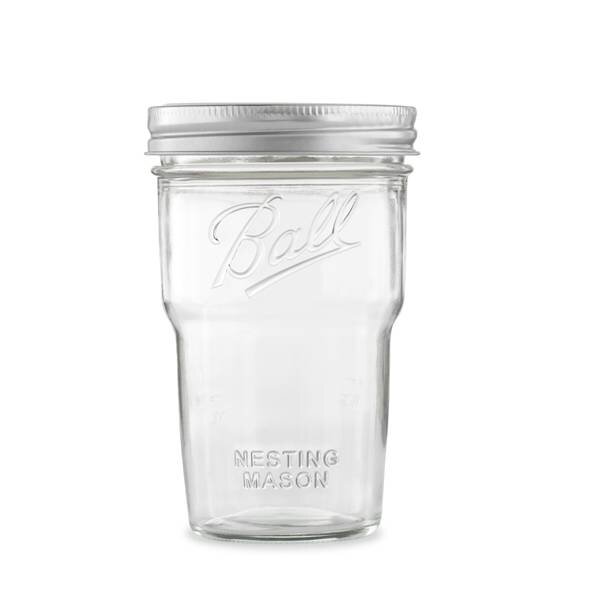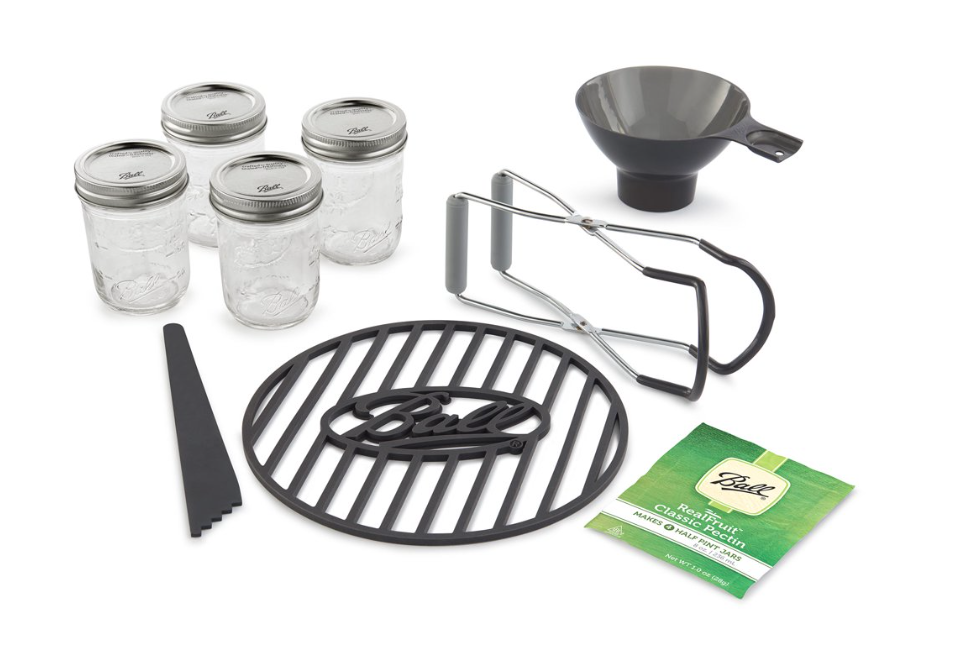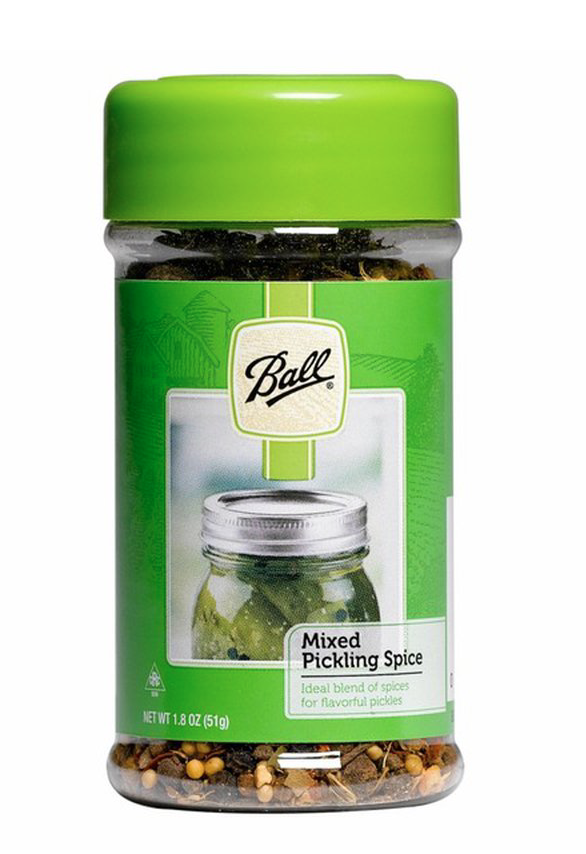Dill Pickles, a Favorite Summer Recipe
There’s nothing quite like biting into a crisp, delicious, dill pickle! Cucumbers are usually abundant here in the summer and this is the perfect way to preserve and enjoy them all year long! Keep reading for the dill pickle recipe plus all my tips on which cucumbers varieties are my favorite and more!
This post is sponsored by the makers of Ball® home canning products
My love and interest in pickling and canning have been there since I was a small child. You can read all about how it all started and get a delicious yummy canning chili sauce that I adore HERE!
My family and I love being able to grab a quick dill pickle when we are in the mood for a salty, “healthier” snack.
Another great thing I love about pickling cucumbers is their health benefits! These include:
Fermented pickles are full of probiotics which are excellent for gut health.
Cucumbers are high in beta-carotene antioxidants, which your body turns into Vit-A.
Dill pickles and their juice may help to ease muscle cramps.
Pickle juice may help to keep your blood-sugars levels even.
Just be careful not to eat too many of these, as they are relatively high in salt!
I love the taste of fresh dill! It reminds me of summer and days outside and evenings by the light of fireflies. The Ball® Mixed Pickling Spice has Mustard Seed, Black Peppercorns, Dill Seed, Cardamom, Cassia Ginger, Coriander, Allspice, Chili Pepper, Cloves, and bay leaves which add the perfect extra flavor to these pickles! Before you make this recipe know there are a few key pieces that will determine whether or not your pickles are a success! One of them being the kind of pickle you use. See below for more!
What's the Difference Between Pickling and Salad Cucumbers?
Slicing or salad cucumbers have smoother skin, are longer, leaner, have watery flesh, and are more uniform in dark green from tip to tip.
Pickling cucumbers have "warts" or small bumps on the skin, are shorter and fatter, have drier flesh with fewer seeds, and are typically gradient in color: dark green at the stem end that fades to light green blossom end.
Which Varieties are Best for Pickling?
Technically all varieties of cucumbers can be used for salads, pickling, or eaten fresh. But certain cucumber varieties have been bred specifically for pickling to have an end-product that's more crisp, firm, and flavorsome.
Varieties that work best for pickling:
Boston Pickling - My favorite kind. They are sweet, tender, crisp, and seedless. It's believed that they were first bred in Boston, hence the name, in the 1800s. The Boston cucumber produces large quantities of 3 to 4 inches cukes on long vines. They mature quickly and are ready to be picked within 50 - 55 days.
The Bush Pickle - Ideal for a small garden or containers. They have a bushy growth habit and produce many light green, 3 to 5-inch fruits with sweet, smooth skin. Ready to be harvested in 50 - 55 days.
National pickling - A great all-rounder for slicing and pickling. You can pick them early for gherkins or let them grow up to 5 inches for making spears or slicing cucumbers. They have thick dark green skin with a good crunch. However, they need plenty of space to grow as they produce a heavy yield and take up to 65 days to mature.
Some other varieties you can choose - Adam gherkin, Calypso, Eureka, Jackson, Salt&Pepper (white variety), Pick-a-Bushel, and many more! Find out from your local garden center which variety will work best for your growing conditions and needs.
How to Grow Cucumbers
Cucumbers are relatively easy to grow and low maintenance. No wonder it is the second most popular vegetable planted, after tomatoes! Growing pickling cucumbers is the same as growing regular salad cucumbers.
The pickling varieties grow in two forms - vines or bushes. The vines need a trellis to grow vertical or space for a good spread on the ground to grow. Whereas the bushes are more compact and work great in smaller areas or containers. Vining varieties will usually provide more yield throughout the season.
Cucumbers need warm, fertile soil, with a ph of 5.5 where they can put down a deep root system. They are heavy feeders, so they need a fertilizer high in nitrogen. Once they have bloomed, you can switch to a balanced fertilizer. Cover the soil with mulch to keep the soil warm, pests away, and the fruit clean and dry.
Since they consist of 96% water, cucumbers need continuous moist soil for a healthy, happy plant. Try to always keep the leaves as dry as possible to avoid rot. A soaker hose or drip irrigation works excellent.
When you have harvested the cucumbers, keep them chilled until fermentation for maximum crispness. A good tip is to cut off the blossom end as they contain enzymes that speed up softening. Not sure which end is the blossom? Cut off both sides!
How to Ensure the Pickles are Crunchy
Always use fresh produce! Pickles are crunchiest when picked within 24 hours of making the recipe
If you are using store-bought cucumbers, get ones that are firm and appear the freshest. If you start with a soggy cucumber that’s the way your pickle will be!
Don’t overprocess the pickles! Follow the recipe times and this will ensure they don’t get overcooked and thus a bit soggy.
Lastly, some suggest starting with a cold cucumber helps!
Dill Pickles Recipe
I love this recipe because there’s not as much salt as traditional recipes and the delicious flavor comes from the fresh dill itself!
I’m using the NEW Ball® Nesting Pint Jars which are the perfect size and easy to store because of their unique design!
You will need
4 lbs pickling cucumbers (about 16 small to medium)
3 cups sugar
2 Tbsp salt
6 cups vinegar
2 Tbsp Ball® Mixed Pickling Spice
Green or dry dill (1 head per jar)
6 Ball® (16 oz) pint glass preserving jars with lids and bands
Optional: Ball® freshTECH Electric Water Bath Canner + Multicooker
Directions
Prepare boiling water canner. Heat jars in simmering water until ready for use. Do not boil. Wash lids in warm soapy water and set bands aside.
Wash cucumbers. Drain. Cut cucumbers into 1/4-inch thick slices, discarding ends.
Combine sugar, salt, and vinegar in a large saucepan. Tie spices in a spice bag and add to the vinegar mixture. Bring to a boil. Reduce heat and simmer for 15 minutes. Keep hot until ready for use. Remove spice bag.
Pack cucumbers into hot jars leaving 1/2 inch headspace. Place one head of dill in each jar.
Ladle hot liquid over cucumbers leaving 1/2 inch headspace. Remove air bubbles. Wipe rim. Center hot lid on jar. Apply band and adjust until fit is fingertip tight.
Process filled jars in a boiling water canner for 15 minutes, adjusting for altitude. Remove jars and cool. Check for seal after 24 hours. Lids should not flex up and down when the center is pressed.
Always keep in mind you might need to increase processing time based on altitude.
Preserving method: Water bath canning
Makes about 6 (16 oz) pints
Little Ava is of course always by my side and eager to “help” This time she assisted by eating cucumbers and also somewhat placing them in the jars.
When canning it’s very important to have the correct equipment such as this jar lifter tongs. Things like this make it easier and safer to can. See below to get your own canning starter kit.
Shop This Post
Pin for later
I hope you enjoy making these as much as Ava and I do! If you’re looking for other recipes to make together with your family See below!
Much Love,
Annette
Disclosure: This is a sponsored post that is part of an ongoing partnership with the Fresh Preserving Division of Newell Brands. They have provided jars, equipment and monetary compensation. All thoughts and opinions expressed are my own.
Images by:Kristin Faye Photography




















